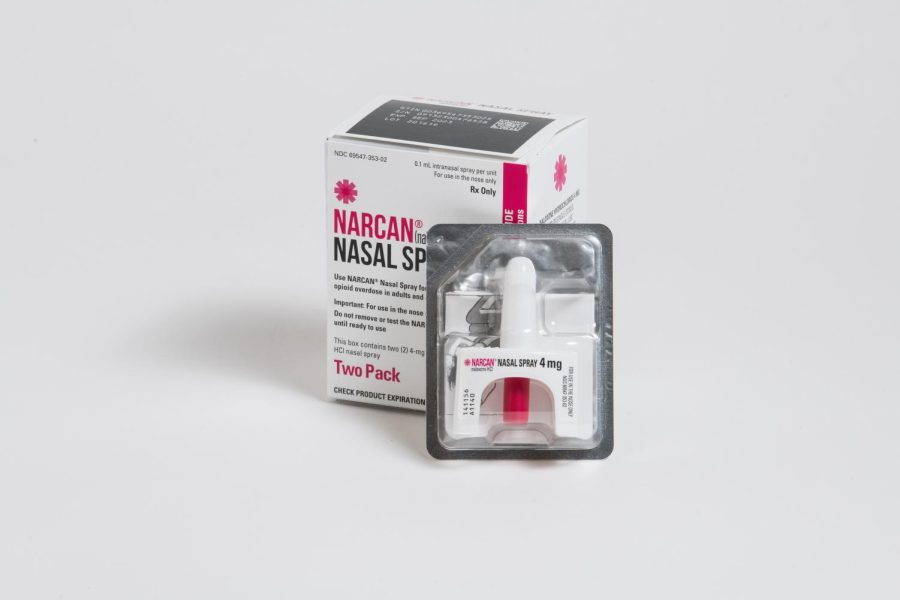In the past few years, there has been an increase in illegal drug usage among teenagers. Unfortunately, this also comes with an increase of opioid-related hospitalizations and deaths. At PV, steps must be taken to avoid this at all costs.
On Jan. 15, a 13-year-old student in Hartford, Conn., passed away due to an overdose. He went to a school that did not have anti-overdose medication readily available., The mayor of Hartford, Luke Bronin, stated that due to the young age of the student, first responders did not initially think it was an overdose. Following the incident, schools are being urged to keep naloxone, an anti-overdose medication, on hand as a safety precaution and to educate communities about signs of overdose.
Naloxone is a drug that reverses the fatal effects of an opioid overdose. It is readily available to nurses and other medical professionals. Naloxone is also easy to administer. When administered, naloxone attaches to opioid receptors, reversing and blocking the fatal effects of the drug.
In addition to keeping naloxone on hand, schools can ensure that students and staff are trained to recognize signs of an overdose among students. Some common symptoms include unconsciousness, slowed breathing, clammy skin, discolored lips or fingernails, snoring noises and gurgling noises.
Naloxone can be given as a nasal spray or injected into muscle, under skin or into veins. Regardless of how it is delivered, naloxone does not have long-term side effects. In fact, most side effects diminish within a few hours. School nurse Jenna Dexter expressed her agreement. “It is not going to hurt you if we administer it and that [overdose] wasn’t the case,” she said. There are no negative effects of naloxone. Therefore, naloxone should be kept at PV in case of an emergency.
Some believe that stocking naloxone in schools is detrimental as students may not fear the consequences of opioid use if they know they know they will not overdose. Dexter shared her belief that this should not be a concern at PV. “In the high school setting, I don’t know that kids necessarily think through those consequences in general,” she said. “You see more recreational usage of drugs, not a daily abuser of drugs, so I do think that narcan kind of gives that illusion to adult drug users. I’m not sure that I really think it is relevant in the school settings.”
Deputy Jamey Fah agreed that the concern is invalid. “At the end of the day, my impression is that if we save someone’s life, how they got there is a problem for later,” he said. “If it is a matter of we have to use some narcan on a kid and later we learn that they felt it was safer to do it here, we have a whole bunch of other stuff we have to work through with that student anyway.”
Saving a life should always come before concerns of encouraging drug usage.
At PVHS, we do have naloxone readily available. Thankfully, we have never had to use it. However, Fah believes we must be prepared for the worst. “It [drug abuse] is one of those things that we need to always just stay ahead of what is going on.” As the rates of teenage drug abuse increase, we must take precautionary steps to keep the effects of opioids minimal.









